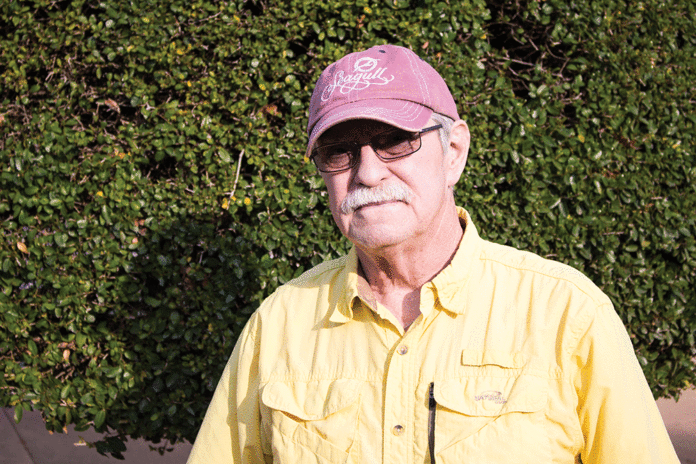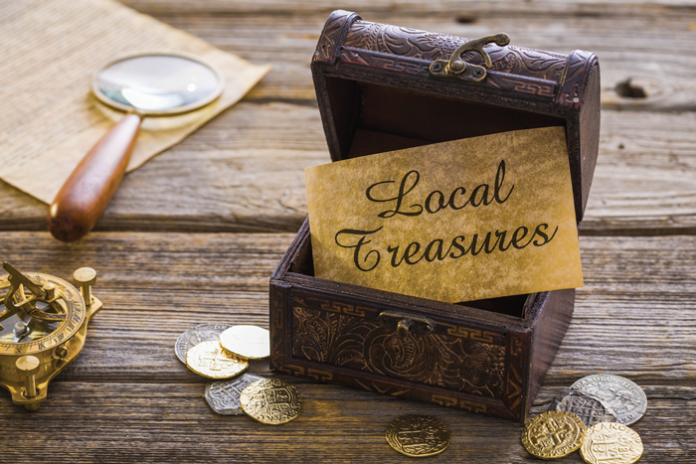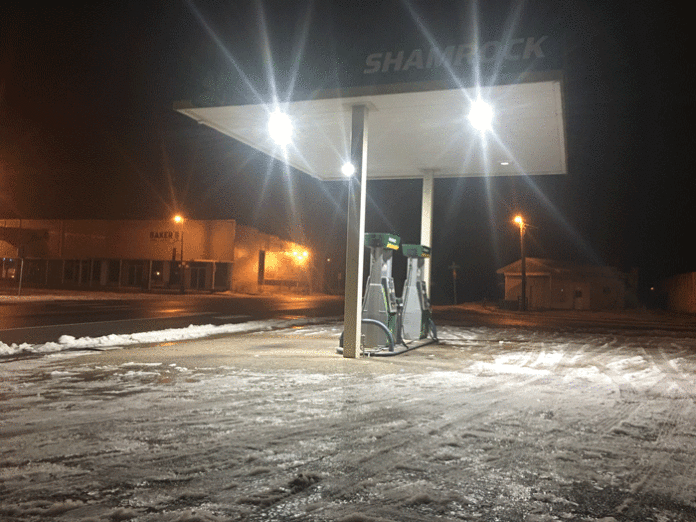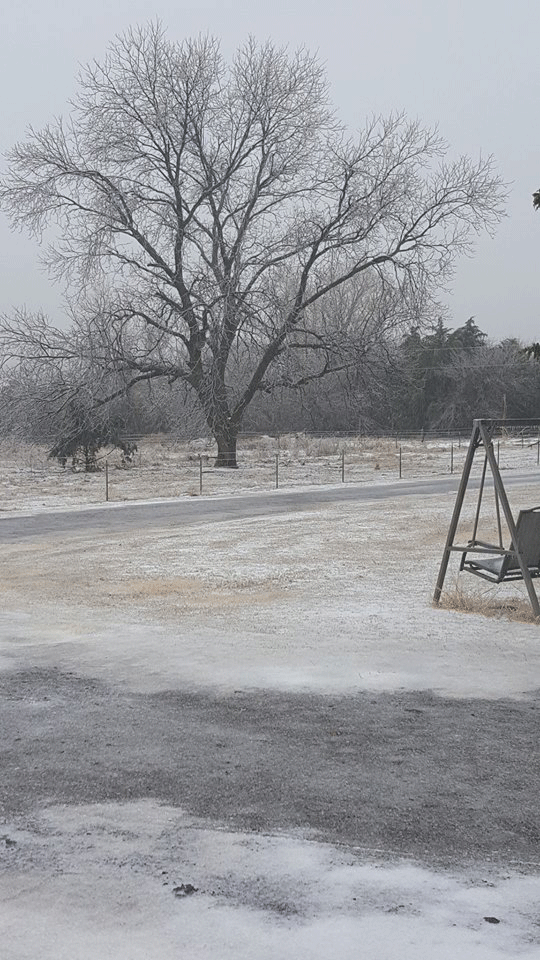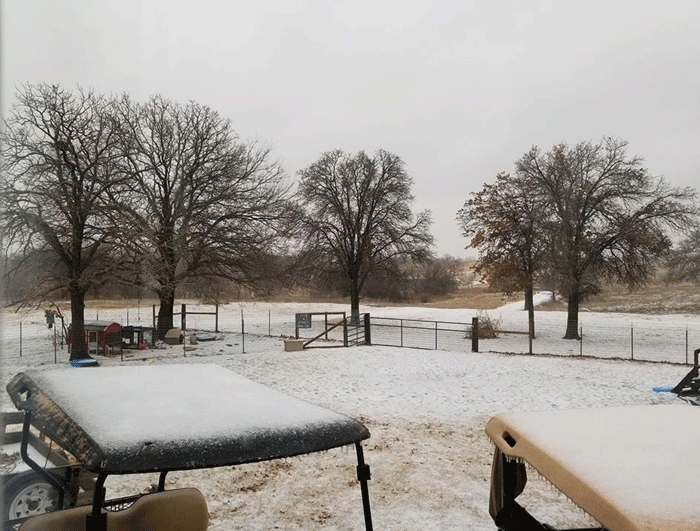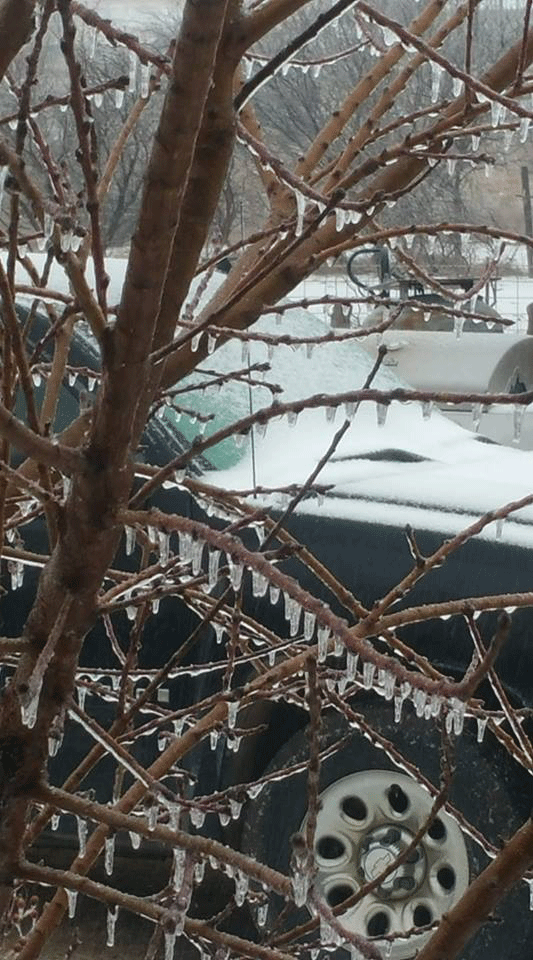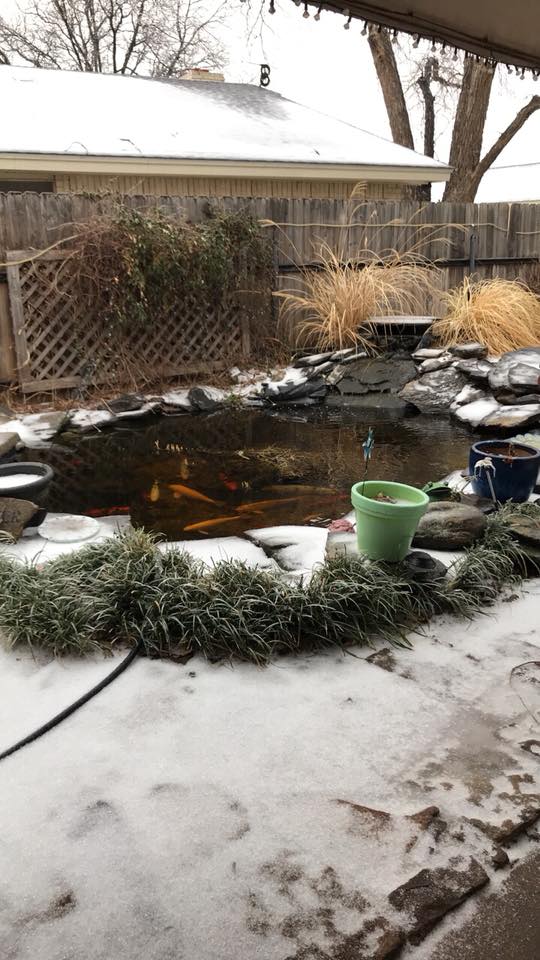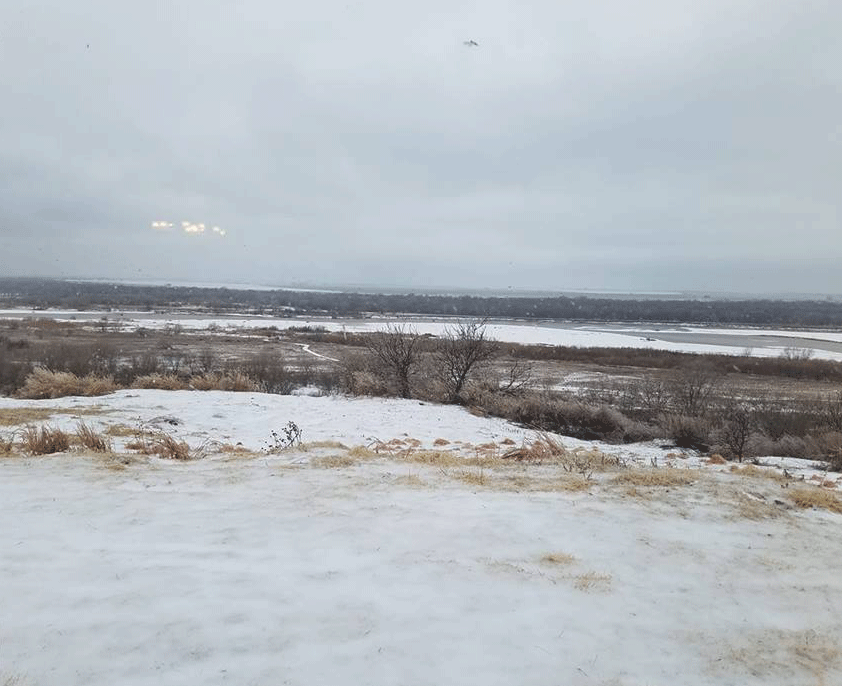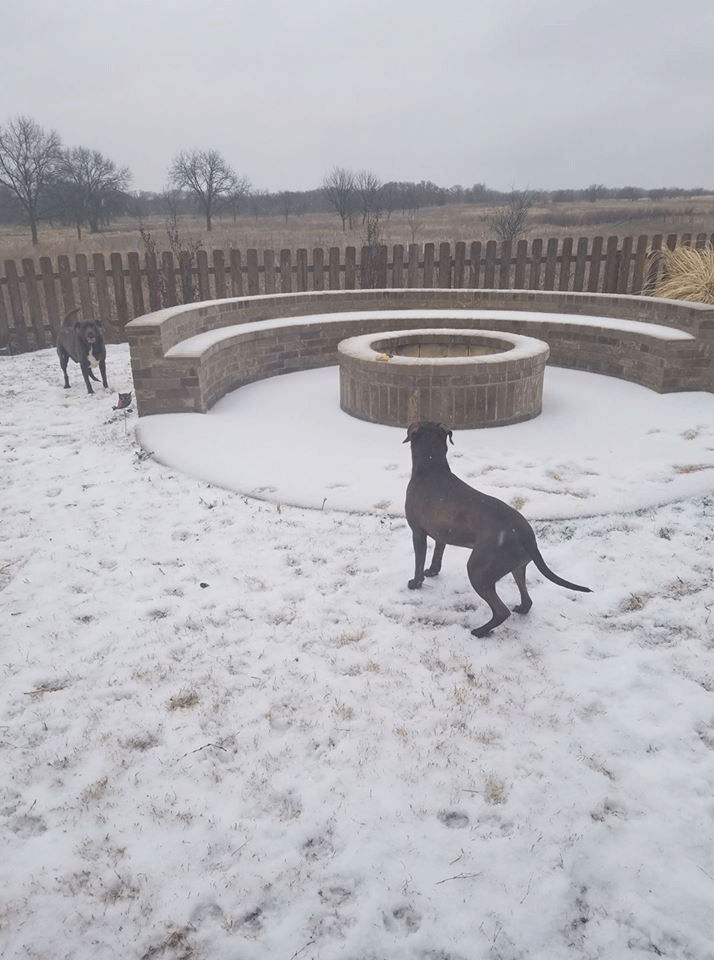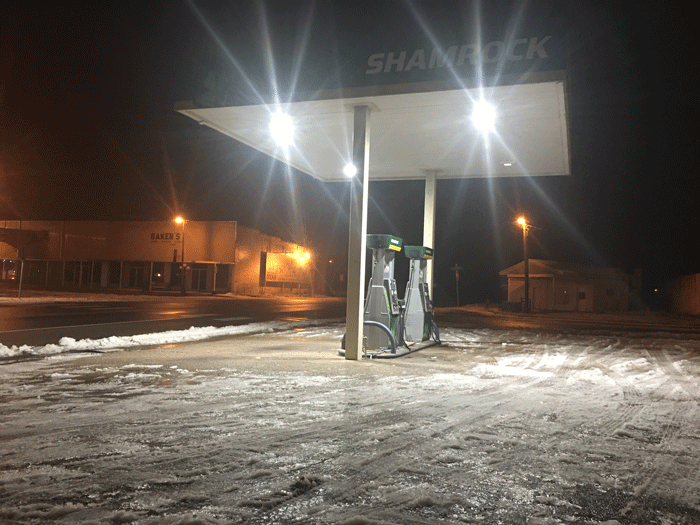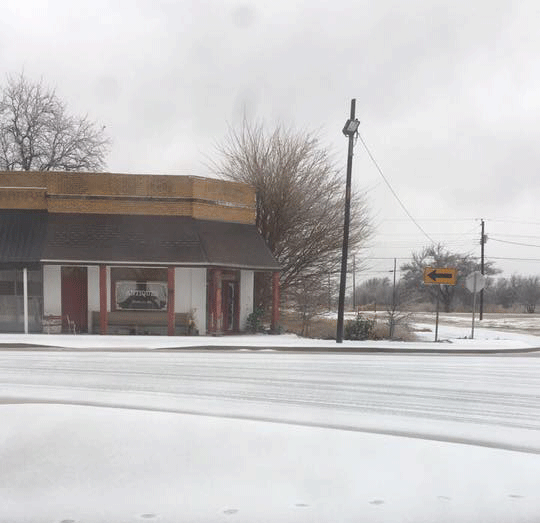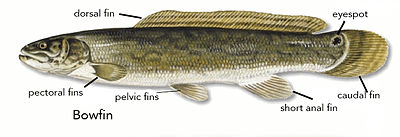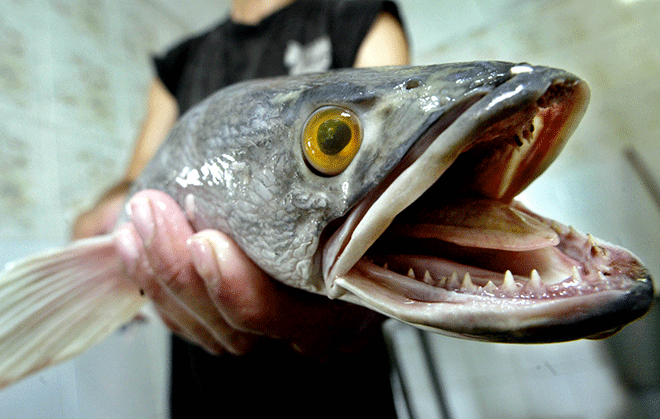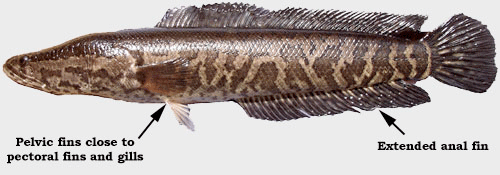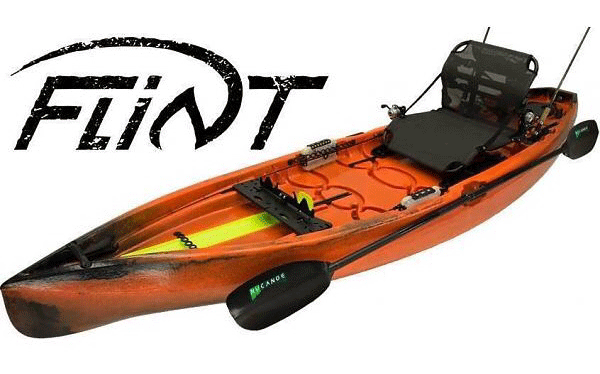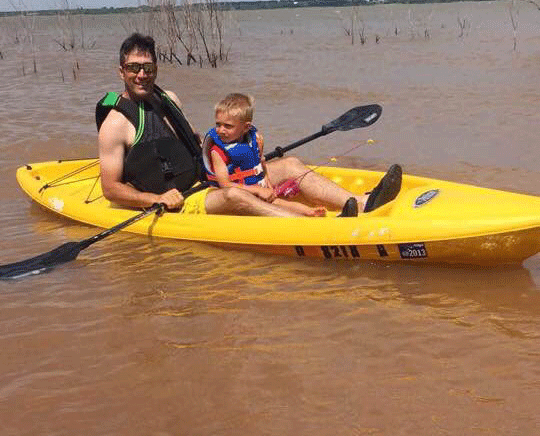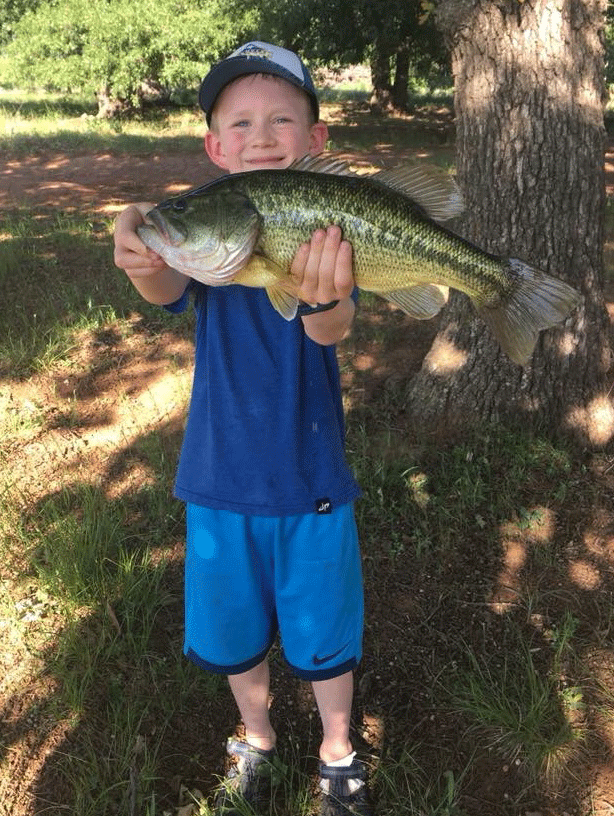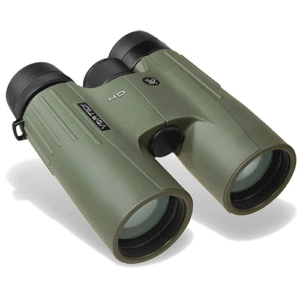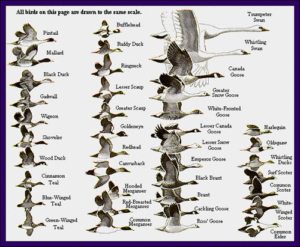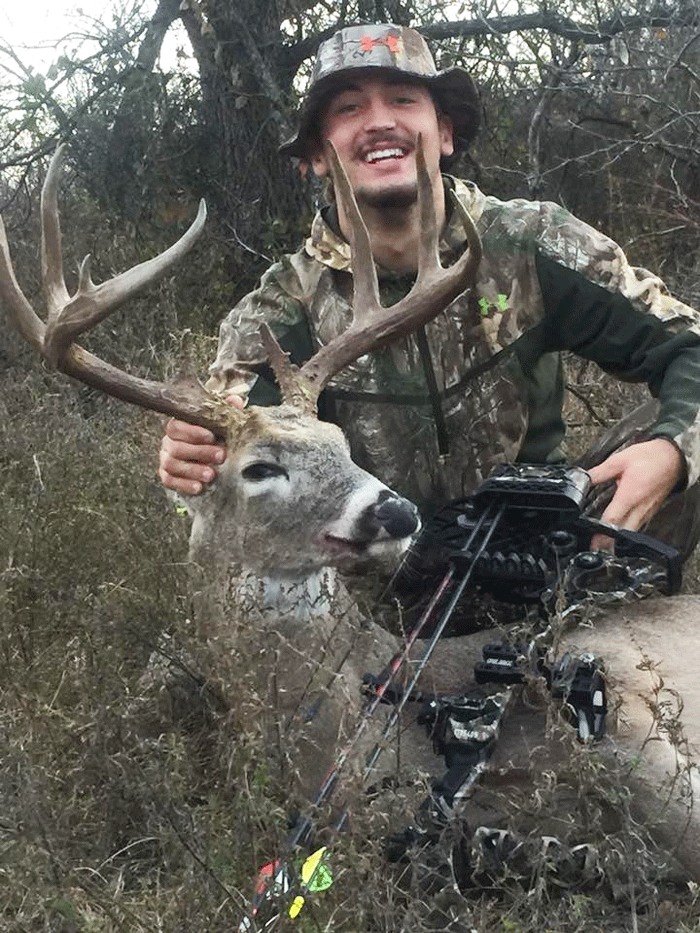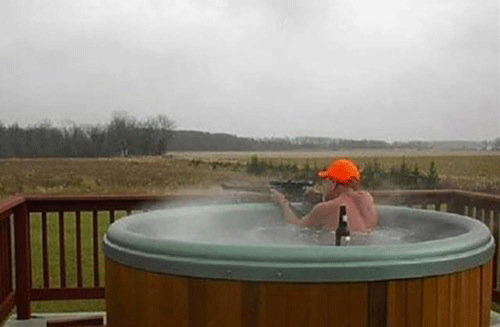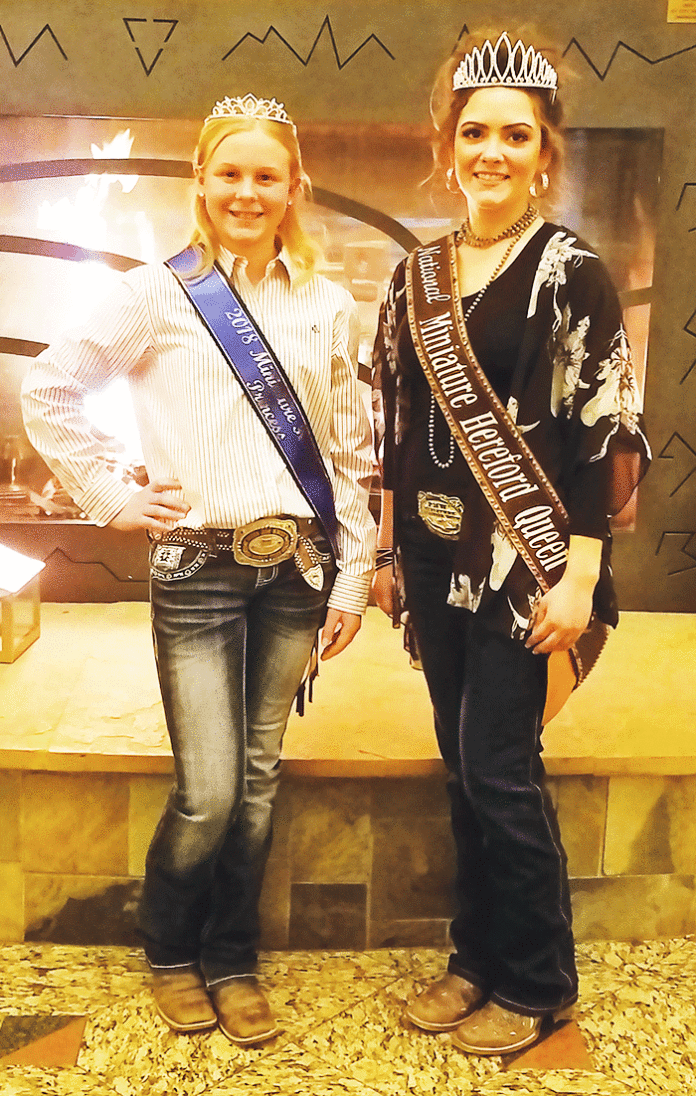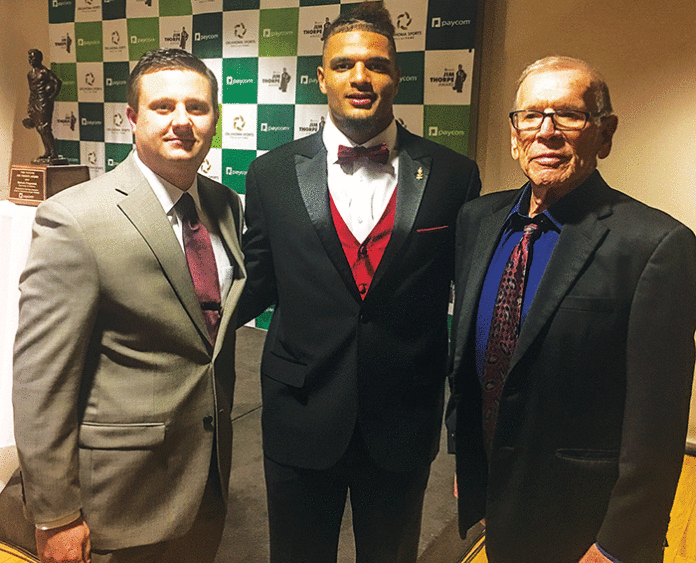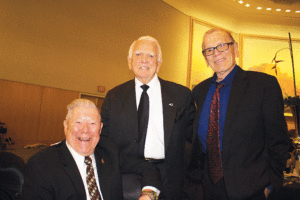Fishing is just around the corner, although with a temperature of 18 right now, it’s a little hard to imagine. It won’t be long however before I start getting pictures of Houston Scott and Slade Cathey with huge bass taken from their local ponds! As warm afternoons and sunshine raise the temps, the big bass will start hanging out in the shallows.
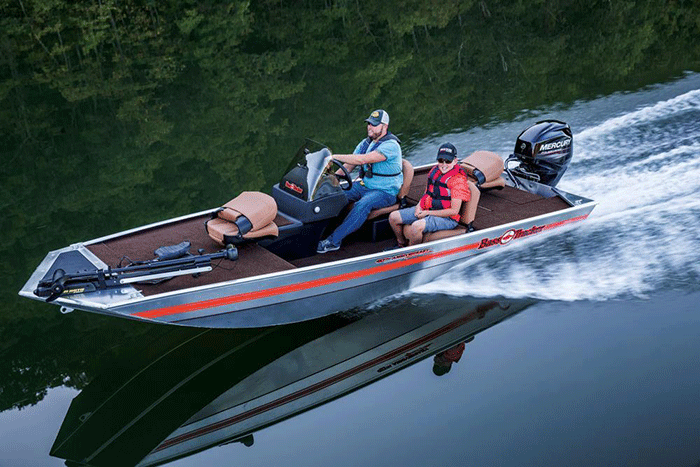
This really signals the beginning of fishing season and the lake bite will quickly follow. With that in mind it’s time to start getting your fishing rig ready to go. We discussed a few weeks ago about working on your tackle during this down time but now you need to concentrate on your boat.
After being winterized and stored for a few months, we need to do a complete check; batteries, controls, electrical and have the engine serviced, including oil change. Hopefully, making that first trip to your favorite spot trouble-free.
It doesn’t matter if your ride is a $40,000 bass boat, Jon boat, pontoon or your family pleasure boat as long as you get out and enjoy our Waurika Lake.
A lot of you may not remember, but in the early 70’s, “bass boats” existed, but not as we know them now. They were small, around 14ft and very narrow to have access to brushy shoreline areas. They were driven from the bow seat using a stick drive, which took a little practice to get used to!
Skeeter Boats, I believe, was the first to manufacture what would be known as a bass boat.
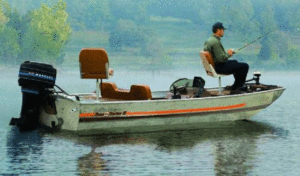
The earliest of what could truly be called a bass boat is credited to Holmes Thurman who founded the Skeeter Boat Company of Liberty, Texas in 1948.
The first Skeeter boats were part flat-bottomed jonboat and part powerboat. The name came from the appearance of its distinct bow. Thurman thought it looked like a mosquito. Made from molded plywood, the first Skeeters rapidly became popular with Texas and Louisiana anglers.
Skeeter began building improved fiberglass models in the early 1950’s. The 1961 Skeeter Hawk was one of the first mass produced fiberglass bass boats available.
The basics of the modern bass boat came together for the first time; more hydrodynamic hull design, swivel fishing chairs, bow mounted electric motor, and rod holders. Not quite a Wright Brothers to space shuttle difference but close.
As anyone knows, if you wanted a boat of any kind in the 1970’s, you went to the dealer of your choice, picked out the model you wanted and then decided what kind of motor and other accessories you wanted on the boat and paid them to rig it out.
The first boat of this type I bought was from Lakey’s Marine in Wichita Falls in 1975. I can’t remember the brand but it was a 14ft green and white fiberglass boat that was so narrow that sitting in the bow seat you could rest your hands on the gunnels without reaching! Rigged with a 25hp Johnson motor, I thought it was the cat’s meow.
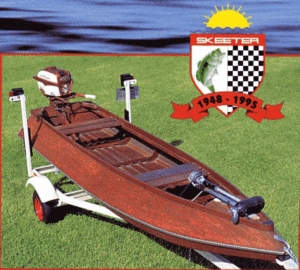
That all changed in 1978 when Johnny Morris introduced the first “Bass Tracker”, the industry’s first fully accessorized, ready-to-fish boat, motor and trailer package at an unheard-of nationally published price of $2,995 and advertised it in their fishing catalog. The boat was an instant hit; I remember seeing my first tied up at my friends dock on Lake Arrowhead in 1979 – I was impressed! Then in 1982, TRACKER Boats opened its first plant in Lebanon, MO. It was dedicated solely to the manufacture of TRACKER fishing boats. In 1988, the company’s custom boat trailer factory opened in Ozark, MO. Each trailer is factory matched, custom fit, sized and color coordinated to the boat it will carry. In 2008, TRACKER Boats celebrated 30 years as the #1 builder of aluminum fishing boats, and as the acknowledged leader in innovative aluminum boat technology. Today, Tracker still builds some of the best, most affordable fishing boats in the nation.
There are a lot of great bass boat/fishing boats out there these days for you and your family’s enjoyment, hope this gives you an idea of how it all got started! Get in one and get out and enjoy your great Oklahoma outdoors!







